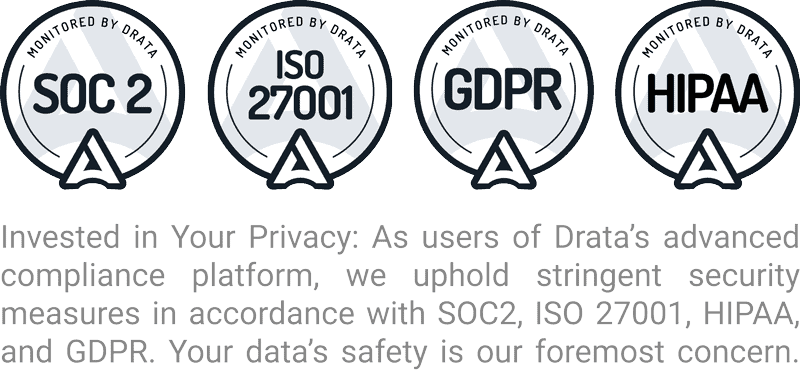Data Strategies for B2B Lead Nurturing Campaigns in 2013 Part 1
 Data strategies for B2B lead nurturing campaigns, Part 1.
Data strategies for B2B lead nurturing campaigns, Part 1.
Businesses have enjoyed immeasurable success in digitally targeted marketing campaigns up through 2012, especially with social media giants Pinterest and Facebook offering exciting platforms for targeting audiences, and YouTube innovating In-Video marketing campaigns to draw attention to niche video watchers. Investments in mobile applications have grown well over 140% since 2011 while over 60 hours of video being uploaded every minute is a major contributing factor in how $1.8 billion in revenues have been generated since the same time period. With staggering figures being reported, it comes as an even bigger surprise the inefficiencies which accompany growing branding efforts throughout marketing campaigns around the world. As B2B spending trends head upward, tracking needs to grow equivocally, which it’s not. As we sneak our way towards 2013, incremental strategic changes need to be implemented into what we’ll dub as B2B lead nurturing strategies for 2013, highlighted below.
Putting Data Out There
Your business, inherently, wants to place viable bits of useful data across the internet, whether locally or globally, so the word about your initiatives is clearly searchable. You’ll use PPC advertisements, social media marketing advertisements, email marketing, video marketing and perhaps a slew of other data bits out there. One problem, however, is tracking all of this data from each source as it flows inward and outward. To upgrade your current methodology of segmenting data, perhaps find some method to put data across the wire with an excellent way of collecting feedback, tracking the results of polls and nurturing the data collected simply by integrating better means of putting that data across the wire. Tracking numerous information sources can be painstaking, time consuming and even financially wasteful; attempt to make 2013 the year which you put information across the world in an easier, more streamlined method.
Finding That Singular Data Source
An extension of above stated need, aggressive marketers will want easier methods of storing and retrieving data, preferably within one location. This is done with a 4000 pound, highly potent yet rarely tested marketing automation plan which can seamlessly integrate numerous inbound data reception points into one place. While many companies have vied for this automatic marketing tool for decades, it’s finally taking off, and only the patience and well-planned business strategists are guiding business along for the ride. By specifying tasks, outcomes and placement of data collected from piloted campaigns, you’ll have that singular place where all data can collaborate with your analytics tools to better pitch your marketing plans in appropriate places. The three main areas which comprise of marketing automation include (but aren’t limited to):
- Workflow automation, which simplifies the marketing schema altogether;
- Marketing automation, which simply moves B2B customer leads from one campaign to another;
- Intelligence, which is advanced behavioral study to interpret specific actions, habits and purchase demographics to allow measurements for future marketing campaigns to be taken more accurately.
Heading into the next year, it may benefit your business to simplify your data sourcing methods and vie for marketing automation processes to streamline data sets. It also gives your marketing interpretations an easier path for leveraging campaigns throughout all digital points of entrance and exit.
In order to effectively prepare marketing automation tasks, you must prepare to deliver a message to specific groups across numerous platforms in which B2B customer leads collected can be segmented into where the response came from.


